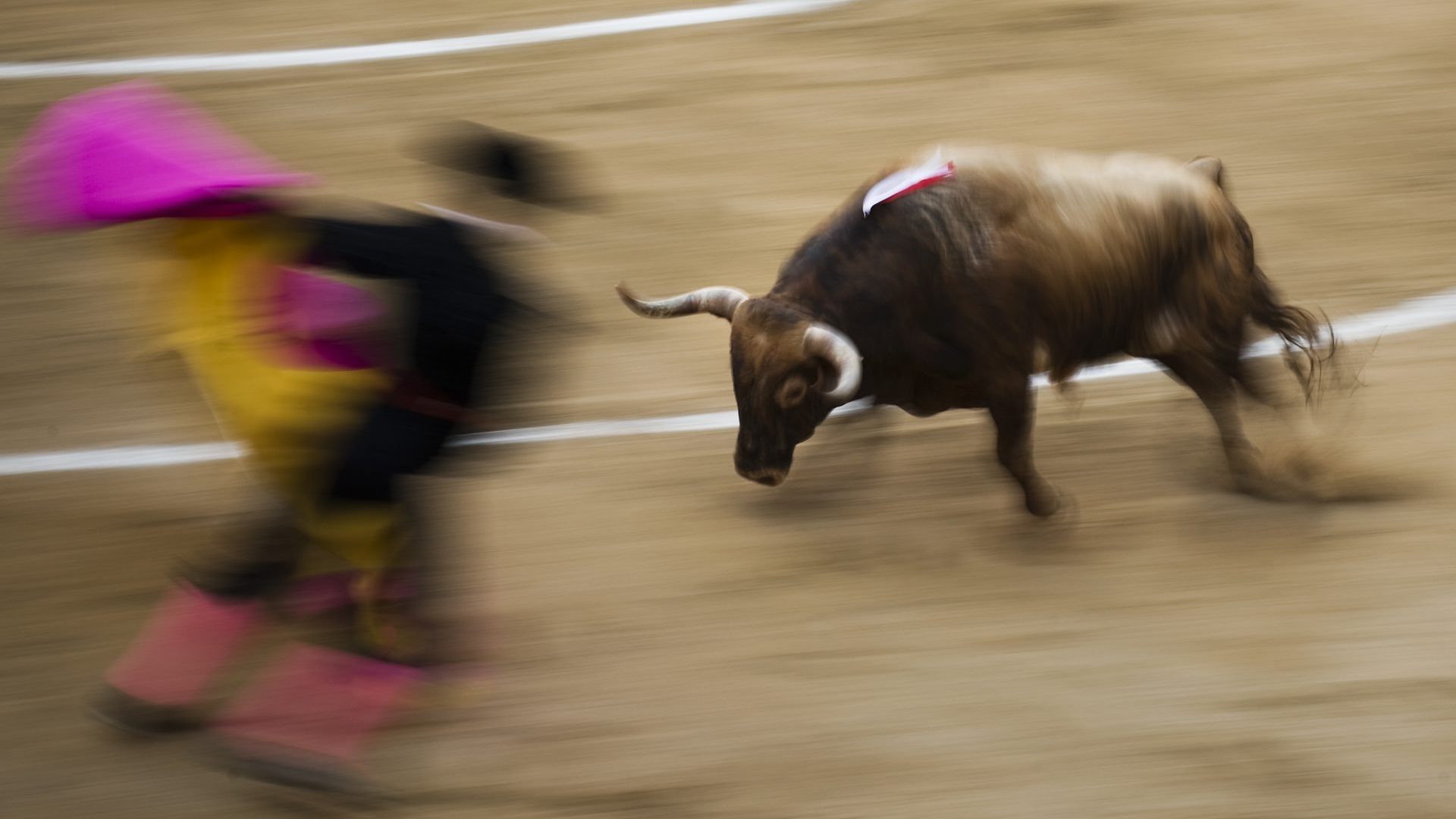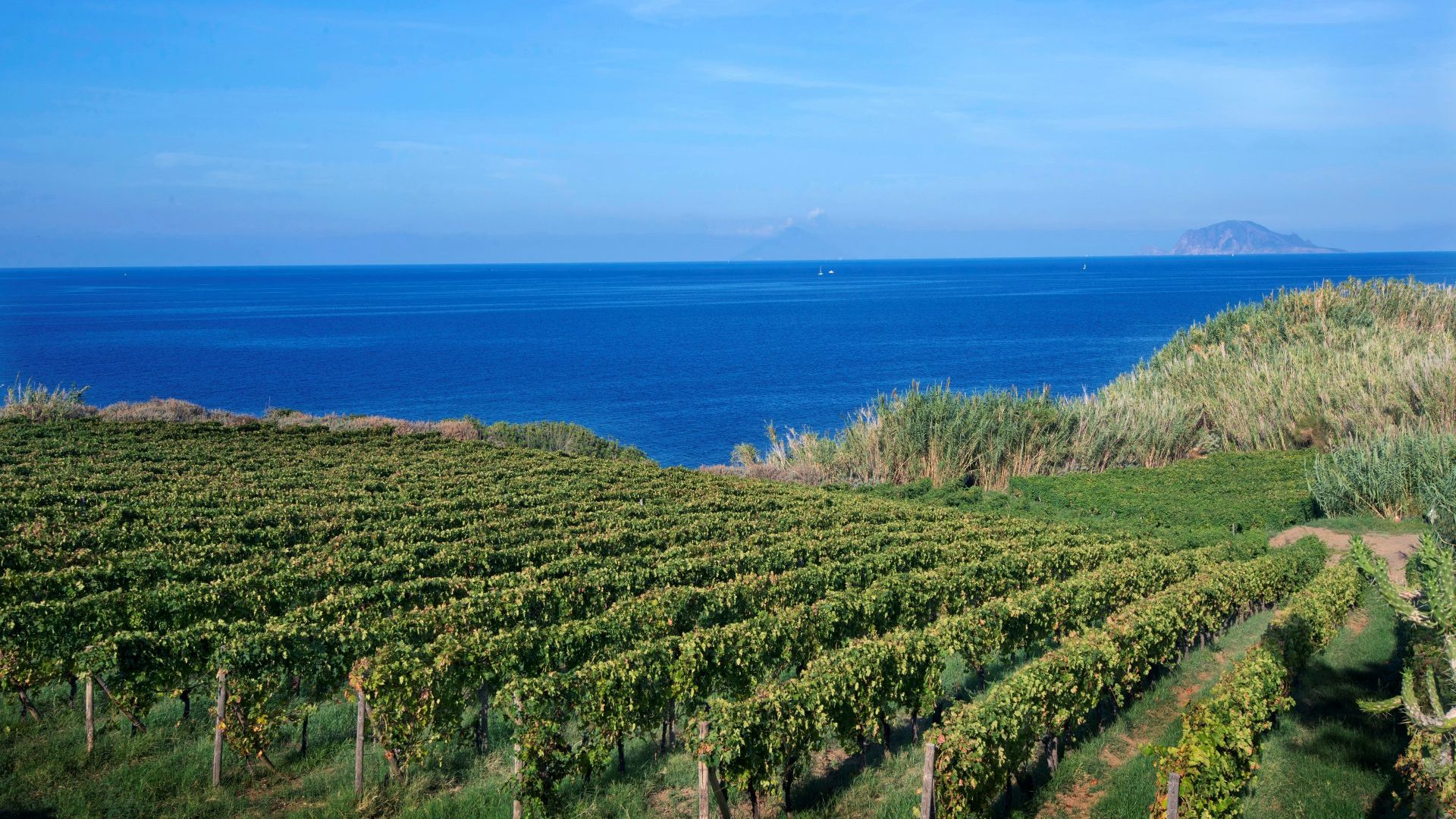Linares, Manzanares, Talavera de la Reina – these are all provincial Spanish towns where celebrity matadors have been killed. Most famous of all is Pozoblanco, 80km north of Córdoba. On September 26, 1984, Francisco Rivera, known as Paquirri, José Cubero Sánchez, aka El Yiyo and Vicente Ruiz, known as El Soro, faced six bulls in a televised corrida. At a time when public television had a monopoly, the nation saw the fighting bull Avispado gore Paquirri. He might have survived had the ring’s medical facilities or roads to the hospital in Córdoba been fit for purpose.
VHS footage circulated of the matador stoically facing death in the ring’s makeshift infirmary. Paquirri’s wife, the singer Isabel Pantoja, was left to raise a sixth-month-old son as a single mother. Pantoja, rebaptised “Spain’s national widow”, became the world’s most photographed recluse. She returned to the public arena with a multi-platinum album of songs and lyrics about love and loss.
Earlier this month, I saw her give a concert for 6,000 fans at the Valencia bullring. She said the question she has been asked the most in her life is whether, 40 years on, she is still in love with him: tearfully, she confessed she still is. There wasn’t a dry eye in the house.
Spain has undergone a remarkable transformation over the last 40 years. Entry into the EU led to rapid modernisation. The bus out to Pozoblanco now runs along a great dual carriageway, all the way from Córdoba, and the town also has improved medical facilities.
For a long time, morbid visitors could book to stay in the room where Paquirri slept on September 25, 1984. The hotel has now closed, but the matador’s presence still looms large. Outside the bullring is an ugly bronze monument by Cordovan sculptor Aurelio Teno (his statue of Don Quixote erected outside the Kennedy Center in Washington is better) in which the torero is depicted on the floor at the bull’s mercy.
Bullfighting may no longer be central to Spanish life, but the tragic legend of Pozoblanco still looms large. It has been amplified by the fate of Paquirri’s companions on the bill. On August 30 1985, El Yiyo accepted a last-minute substitution in Colmenar Viejo on the outskirts of Madrid. His second bull tossed him violently. As he fell, the animal’s horns entered under the armpit and punctured his heart. An image of the matador’s mother caressing his 21-year-old corpse laid to rest in a suit of lights is iconic.
El Soro had a successful career, but tragedy hit again in 1993: on a rainy evening, he slipped on the sand and was caught by the bull. His injuries were not life-threatening, but he has since undergone dozens of knee operations and struggles with alcoholism. The sole survivor of the tragic corrida never gave up hope of returning to the ring; in 2014, he reappeared in front of a home crowd in Valencia with a bionic leg. He was brought to tears by the crowd’s affection.
A few years back, I arranged to meet El Soro at his home to discuss Pozoblanco, and his wife sent a text message to say he was happy to talk if I could visit him in hospital. On arrival, I realised I didn’t know on which ward the matador was to be found. But I needn’t have worried: all the nurses knew El Soro.
His mother was at his bedside in a private room in which a large framed photograph of him as a young matador was hung. El Soro, now overweight and in his 50s, confided he hadn’t given up hope of getting back into shape and making another comeback. It hasn’t happened yet.
Duncan Wheeler is professor and chair of Spanish studies at the University of Leeds



